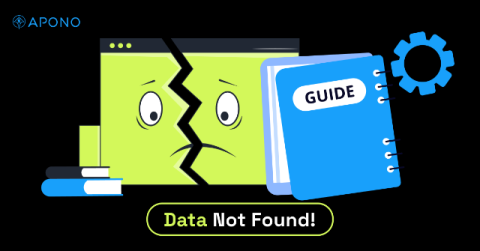The FortiManager RCE Vulnerability - The 443 Podcast - Episode 311
This week on the podcast, we review Fortinet's recently-disclosed remote code execution vulnerability in the FortiManager system that has been under active exploit since at least June. After that, we discuss the SEC's recent action against 4 companies found at fault for misleading security incident disclosure statements. The 443 Security Simplified is a weekly podcast that gets inside the minds of leading white-hat hackers and security researchers, covering the latest cybersecurity headlines and trends.











